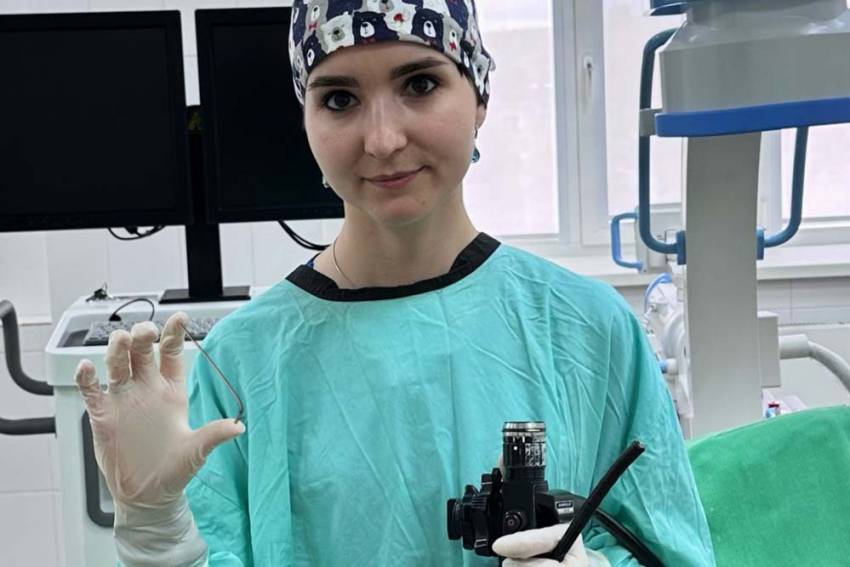
Scientists from Belgorod State University (BSU) have developed a unique antiseptic coating for stents. This innovation allows for the safe treatment of complications arising from gallstone disease, particularly in patients allergic to iodine, which is commonly used in existing stent coatings. A patent has reportedly been granted for this development.
In treating complications of gallstone disease, such as obstructive jaundice or purulent cholangitis, endobiliary stents are employed to restore the flow through narrowed bile ducts. Currently, most stents utilize iodine-based coatings, which can cause allergic reactions in some patients. Furthermore, over time, a protein film can form on the surface of these devices, promoting bacterial growth and inflammation.
BSU researchers have created a new hypoallergenic coating based on methylcellulose and chlorhexidine bigluconate, a substance with proven antimicrobial effectiveness. According to the developers, this technology enables safer treatment of gallstone disease complications, including for patients with iodine intolerance and thyroid conditions.
The researchers state that this coating lacks widespread analogues both in Russia and internationally. Andrey Yarosh, Director of the BSU Medical Institute, commented, «While we cannot completely exclude the possibility of isolated similar solutions existing worldwide (for example, in China or India), such technologies are not publicly available. The search conducted confirmed the novelty of the technology, allowing us to successfully secure patent protection.»
The process for creating the coating involves several steps: first, a solution of chlorhexidine bigluconate and methylcellulose is thoroughly mixed to a homogeneous state, then incubated for 24 hours at 4-5°C. After incubation, it is homogenized again and brought to room temperature. The prepared stent is immersed in this composition for two hours, followed by drying.
The effectiveness of the technology has been confirmed by clinical trials, the researchers reported. For instance, a 68-year-old patient with purulent cholangitis and sepsis saw her complication symptoms resolve within two days after receiving a stent with the new coating. Similar positive outcomes were observed in a 72-year-old patient with an allergy to iodine-containing drugs, whose condition improved just 30 hours after the procedure.
The development is protected by patent No. 2 833 680.











